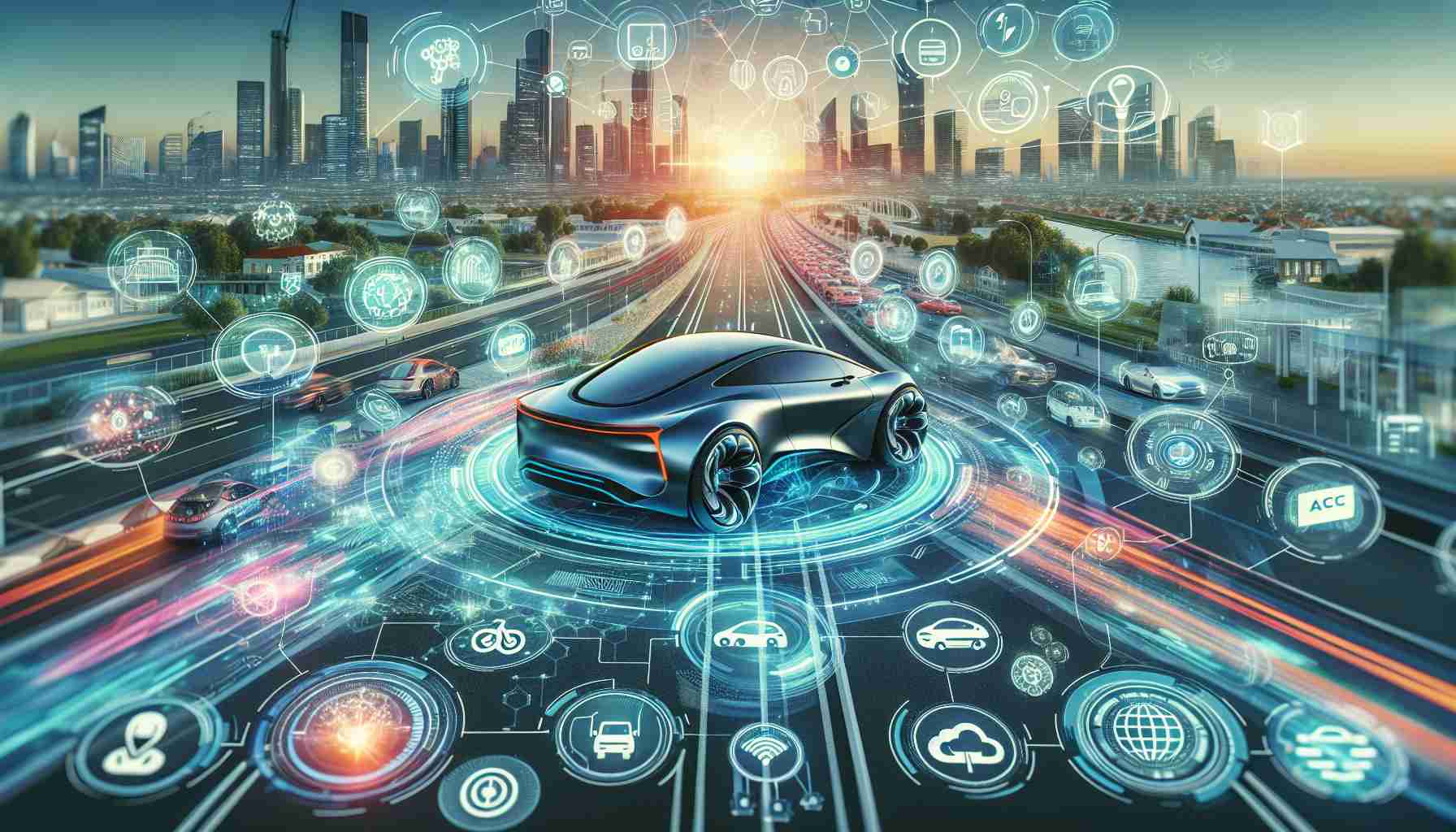
A recent study conducted across 15 countries revealed that a significant portion of car buyers, approximately 35%, prioritize purchasing vehicles equipped with smartphone-integrated operating systems. While leading tech giants like Apple and Google have traditionally dominated the in-car interface market, a shift is on the horizon.
In 2022 alone, a staggering $1.12 billion worth of automotive service systems were acquired, signaling just the beginning of a transformation in the industry.
Some car manufacturers have recognized this trend and announced plans to develop their own proprietary systems to compete in this evolving landscape. However, the stakes are high, and failure in this arena could result in significant setbacks for these companies.
As consumer demand drives the push for seamless connectivity between smartphones and vehicles, the race to establish dominance in automotive technology integration is well underway. The future promises a dynamic shift in how we interact with our cars, with potential implications reaching far beyond mere convenience.
Anticipating The Evolution of Automotive Technology Integration
With the rapid advancement of automotive technology integration, the landscape of car buying and ownership is set to undergo a significant transformation. While the previous article touched upon the shift towards smartphone-integrated operating systems, there are other crucial aspects and questions to consider regarding the future of automotive technology.
What are the emerging technologies shaping the future of automotive technology integration?
Beyond smartphone integration, emerging technologies such as artificial intelligence (AI) and augmented reality (AR) are poised to revolutionize the driving experience. AI-powered autonomous driving systems are on the brink of widespread adoption, promising increased safety and efficiency on the roads. AR-enhanced heads-up displays (HUDs) are also gaining traction, offering drivers real-time information overlay on their windshield for improved navigation and situational awareness.
What are the key challenges and controversies associated with automotive technology integration?
One of the primary challenges is ensuring the cybersecurity of interconnected vehicles. With more connectivity comes an increased risk of cyber attacks, raising concerns about data privacy and vehicle safety. Moreover, the ethical implications of autonomous driving technology, such as decision-making in critical situations, remain a subject of debate and controversy.
What are the advantages and disadvantages of advanced automotive technology integration?
Advantages of advanced automotive technology integration include enhanced safety features, improved vehicle efficiency, and seamless connectivity for a more convenient driving experience. However, potential disadvantages may include overreliance on technology leading to driver complacency, increased maintenance costs for high-tech systems, and the potential for technological malfunctions or failures.
As automotive technology continues to evolve, companies are investing heavily in research and development to stay ahead of the curve. The competition to establish dominance in this rapidly evolving industry raises the stakes for car manufacturers and tech companies alike.
The future of automotive technology integration holds the promise of a truly interconnected driving experience, where cars become more than just modes of transportation but integrated hubs of information and entertainment. As we navigate towards this future, it is essential to address the challenges, controversies, and implications that come with this technological revolution.
For more insights on the future of automotive technology integration, visit link to domain.
[embedded content]